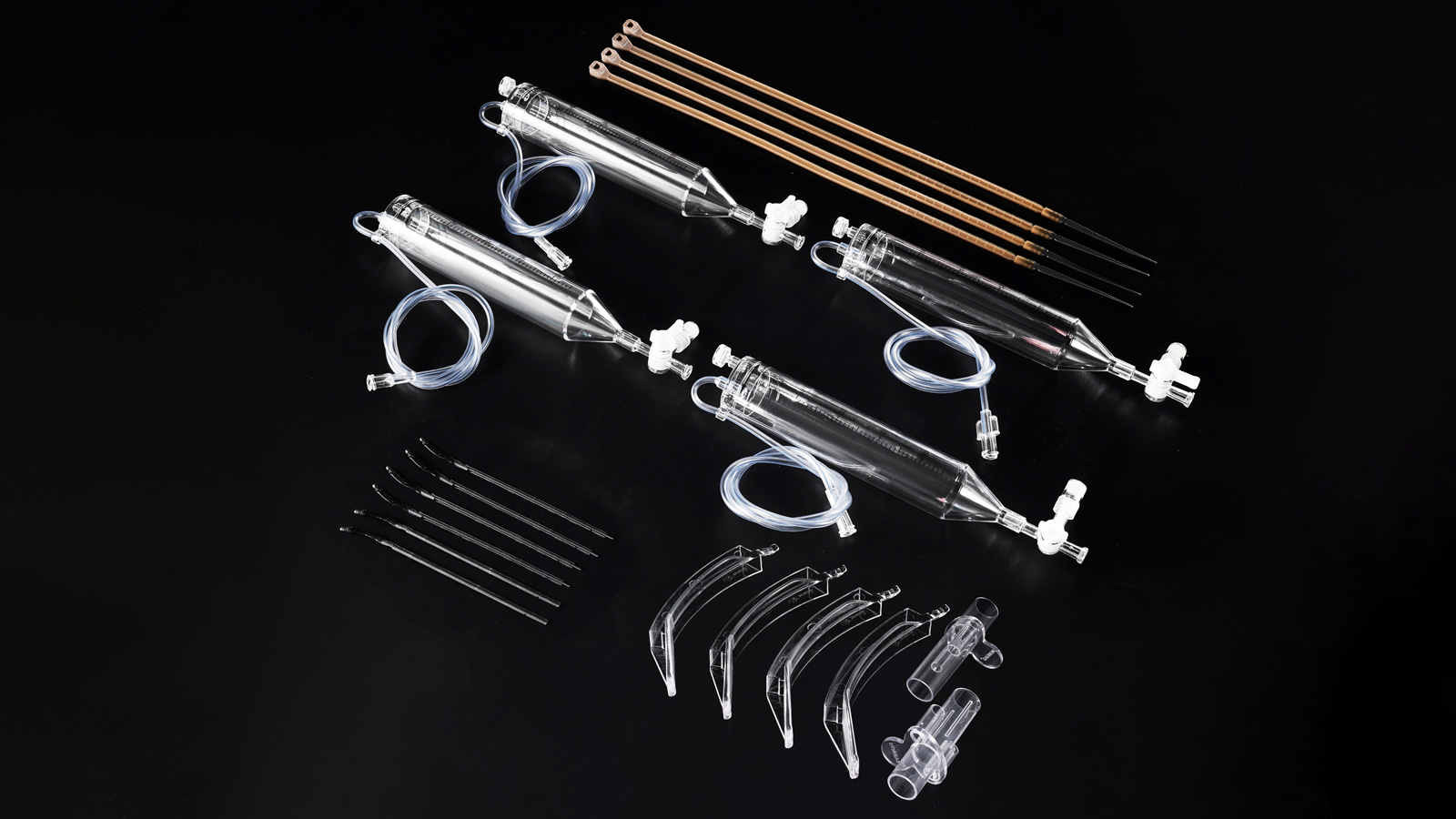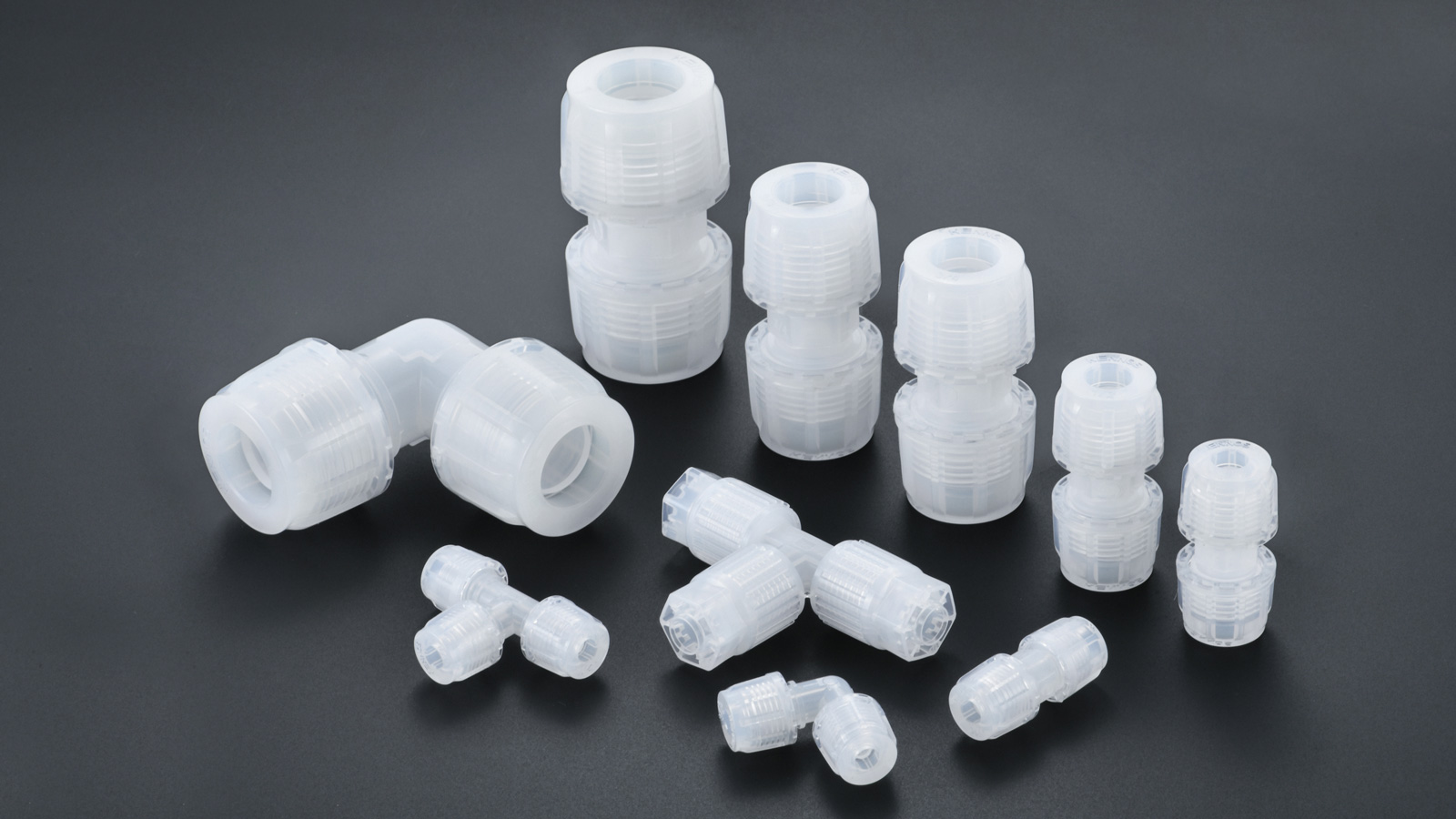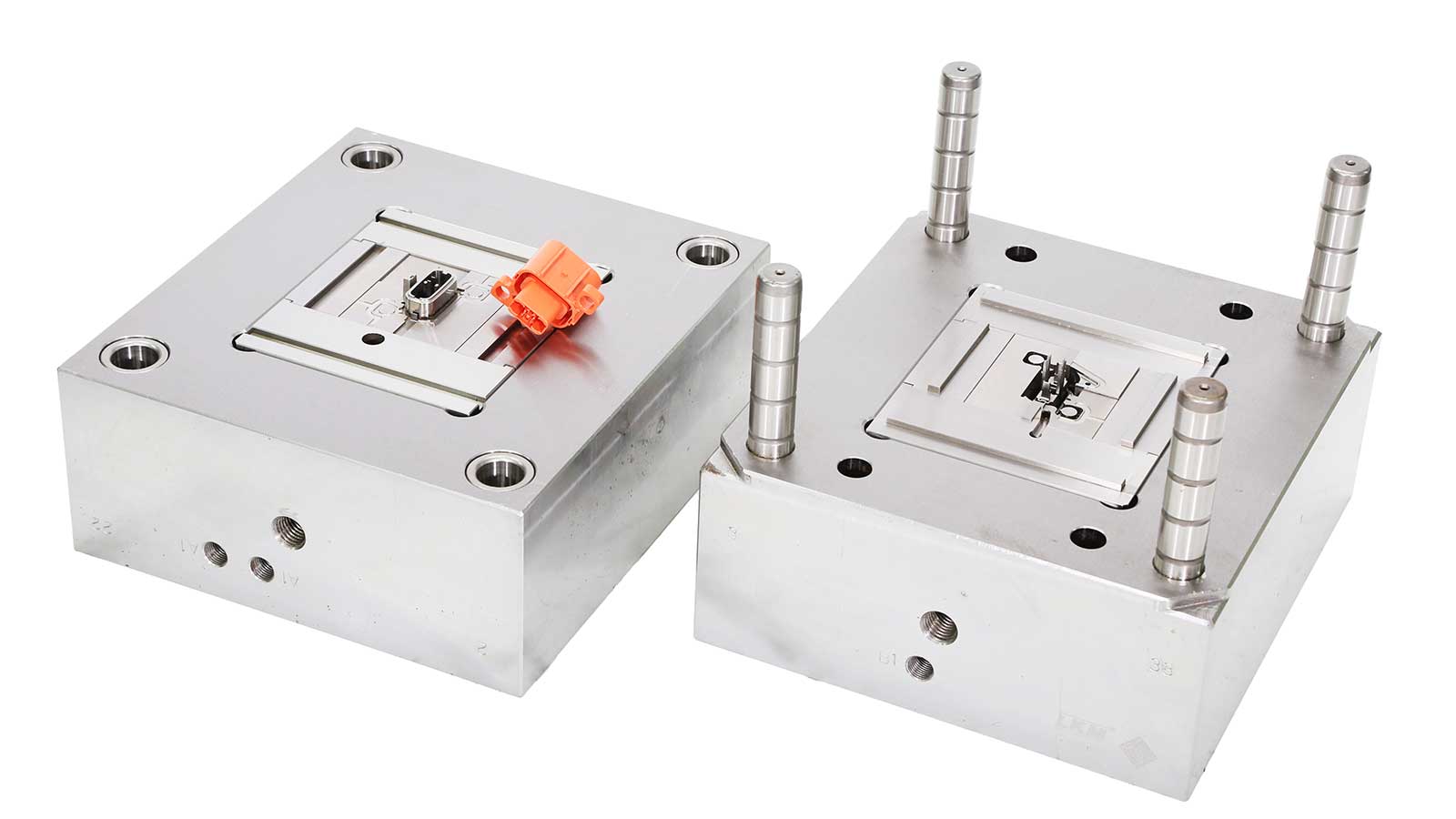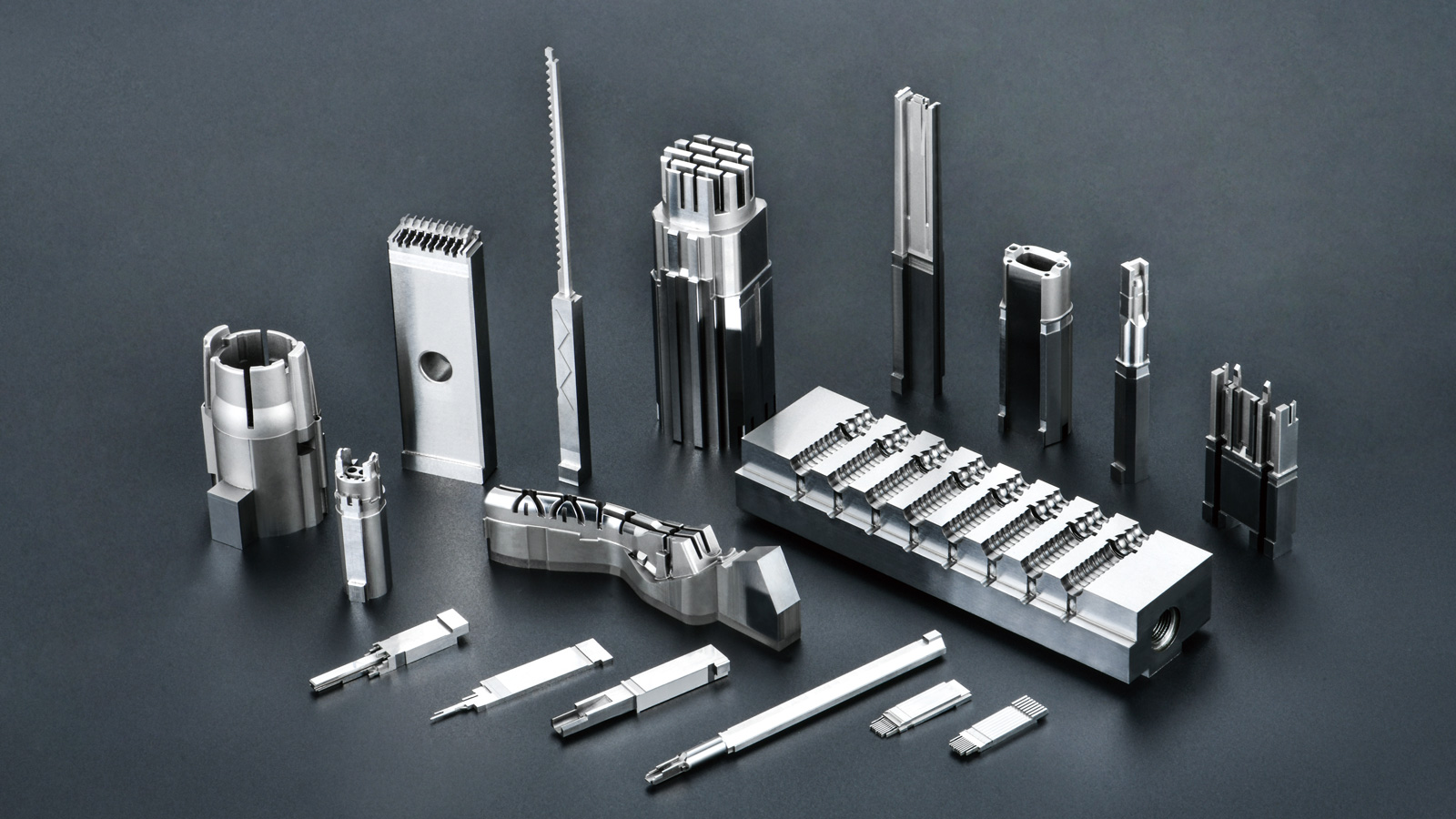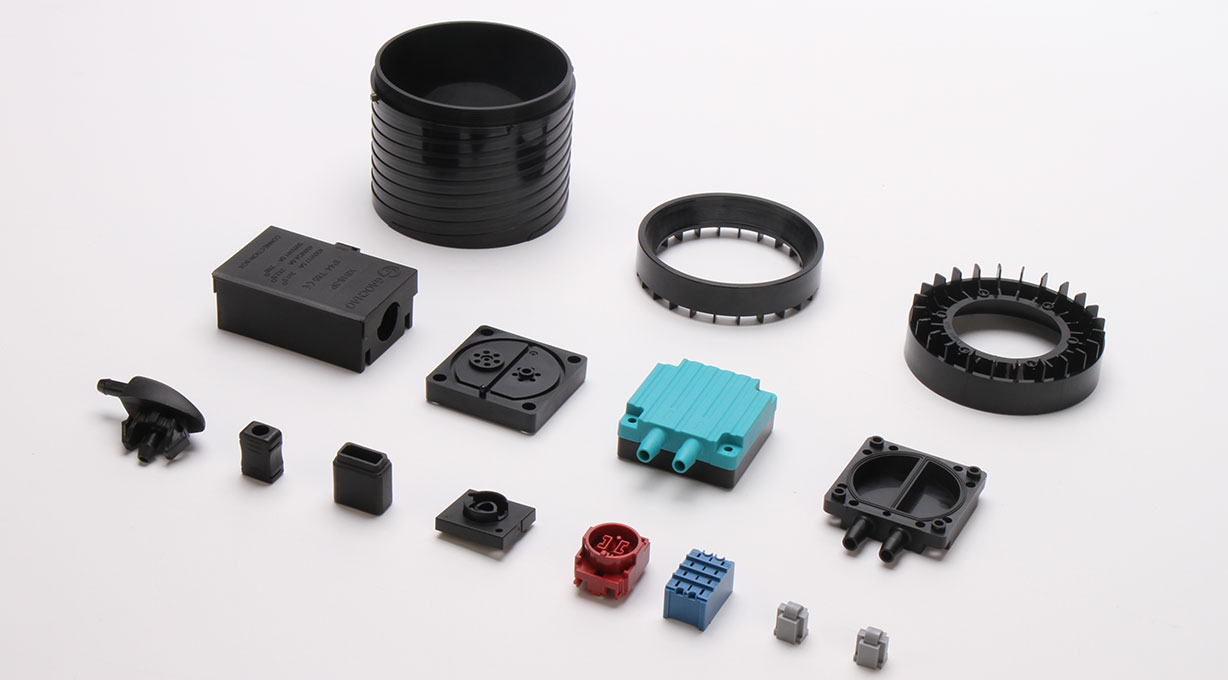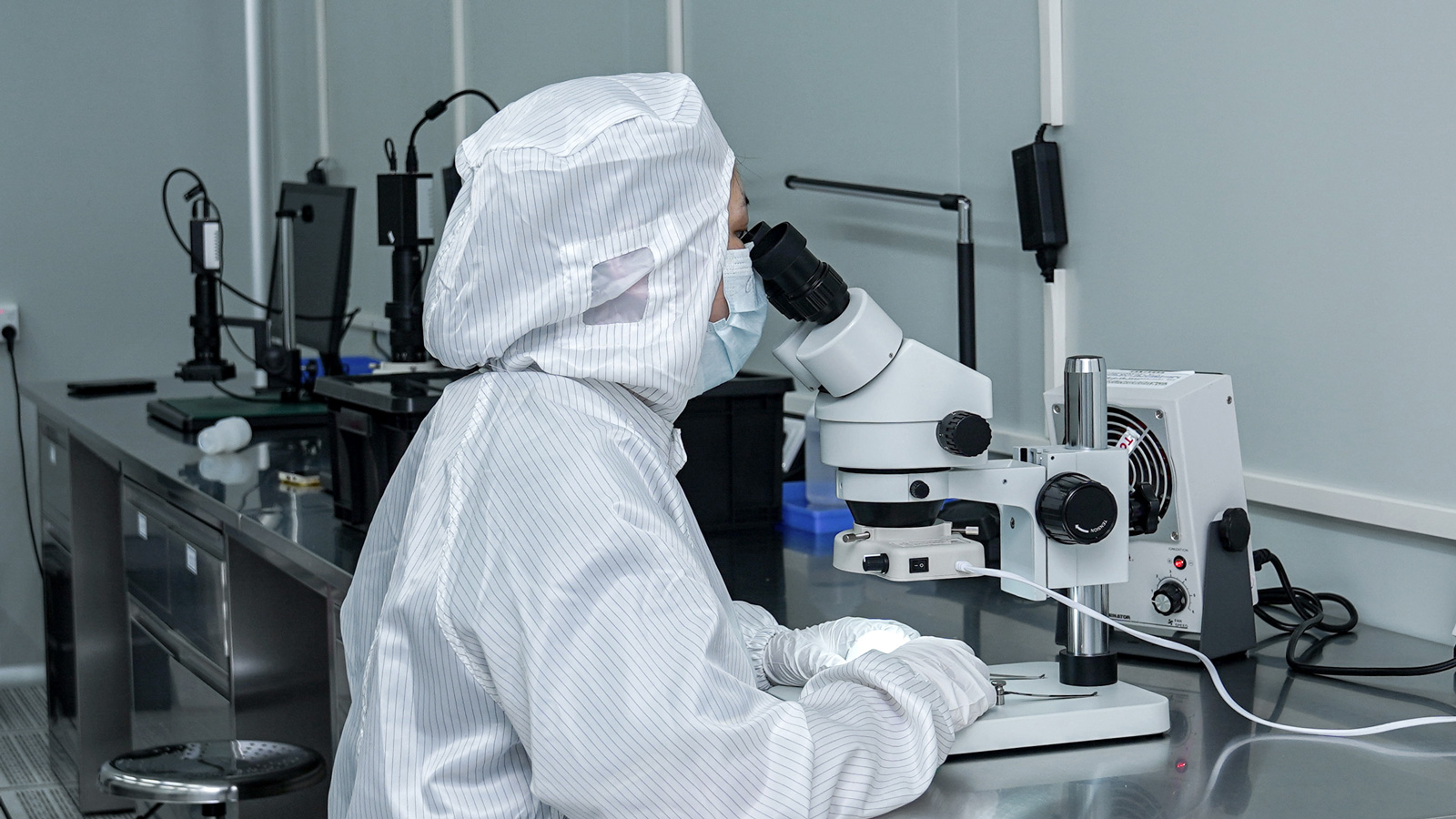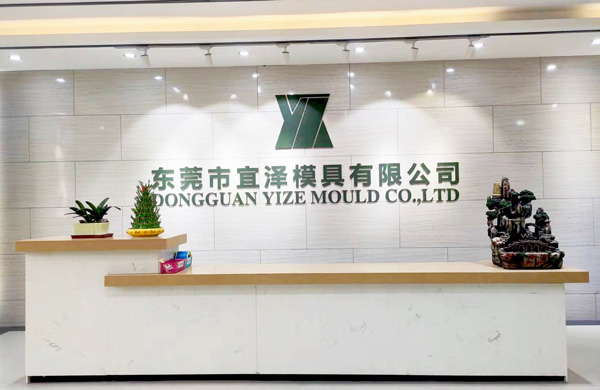In the field of mold design, starting a new project is like embarking on an adventure full of unknowns. Every decision made during the mold development process is like groping forward in the fog, and a wrong move can easily lead the project into a vortex of time and money consumption. Those flashy and dazzling designs often inadvertently add unnecessary complexity to mold manufacturing, making subsequent assembly work difficult and driving up costs.
However, don’t worry! After years of practice and exploration, we have accumulated a series of effective tips. These tips are like keys that can open the door to simplified mold design, making the assembly of plastic injection mold parts easy and saving considerable costs for enterprises. Next, let’s uncover the mysteries of these tips together.
1. Use the DFM Flow Chart as the Foundation to Build a Solid Design Defense
The design stage is the source of mold development and is of utmost importance. At this stage, our core principle is “zero-error design,” which means taking proactive measures to prevent defects or errors caused by assembly operations from the very beginning.
The key to achieving this goal is to incorporate error-proofing functions cleverly. And the choice of design partners is crucial; they must have a solid and profound professional foundation in “assembly design.” The DFM document is a powerful tool for recording this error-reduction process. It is like a detailed “error guide” that lists all potential errors that may occur at each step of the process and elaborates on how the design cleverly prevents these errors from happening. In this way, we can nip problems in the bud during the design stage and lay a solid foundation for subsequent assembly work.
2. Make Good Use of Common Fasteners to Simplify and Reduce Costs
In the various components of a mold, the choice of fasteners may seem insignificant, but it holds great secrets. One often overlooked yet extremely important strategy is to use common fasteners. Common fasteners are like the “master keys” in mold assembly, which can reduce the number of available fasteners and simplify their usage positions.
In relatively complex designs, although multiple fasteners may need to be used according to material and shape requirements, the best practice is to use only one fastener at each joint of the assembly. This approach has obvious advantages: on the one hand, it reduces errors caused by choosing from too many fasteners; on the other hand, there is no need to purchase various auxiliary tools, and cost savings can be achieved through bulk purchasing of fasteners, thus cutting costs in multiple links.
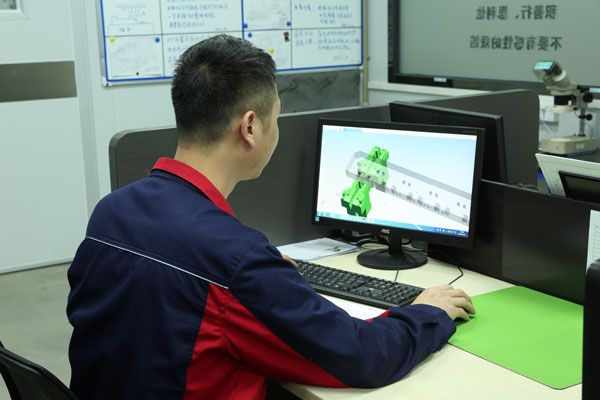
3. Accurately Calculate Labor Costs for Rational Investment and Improved Efficiency
In the cost composition of a mold project, labor costs often occupy a significant position. Although the initial development cost of a mold is high, its maintenance cost over its entire service life is relatively controllable. Skilled and experienced workers are valuable assets in the mold manufacturing and assembly process.
However, such talents are often in short supply in the market, making recruitment difficult. Therefore, enterprises should attract them with fair and competitive salaries to win their loyalty. These high-quality employees can not only work with a proactive attitude but also improve work efficiency and quality based on their rich experience. From a cost-benefit perspective, including labor costs in the overall cost consideration of manufacturing and assembling products is a wise and necessary investment.
4. Eliminate the Need for Secondary Fasteners to Strike at the Core of Costs
Secondary fasteners, such as screws, bolts, or nuts, may seem insignificant, but their existence means additional cost expenditures. Each screw and bolt is like a small link in the cost chain, and when accumulated, they have a non-negligible impact on a company’s profits.
Therefore, during the mold design process, we should actively seek innovative methods to eliminate the need for secondary fasteners. By optimizing the mold structure and adopting new connection technologies, we can achieve stable assembly of the mold without affecting its performance, thereby directly reducing the company’s procurement costs and assembly costs and creating greater profit margins for the company.
Mold design is a discipline that combines technology and art. By using strategies such as the DFM flow chart, making good use of common fasteners, accurately calculating labor costs, and eliminating secondary fasteners, we can simplify the assembly process while effectively saving costs. It is hoped that these experiences can provide useful references for the majority of mold design practitioners and help enterprises stand out in the fierce market competition and achieve sustainable development.
